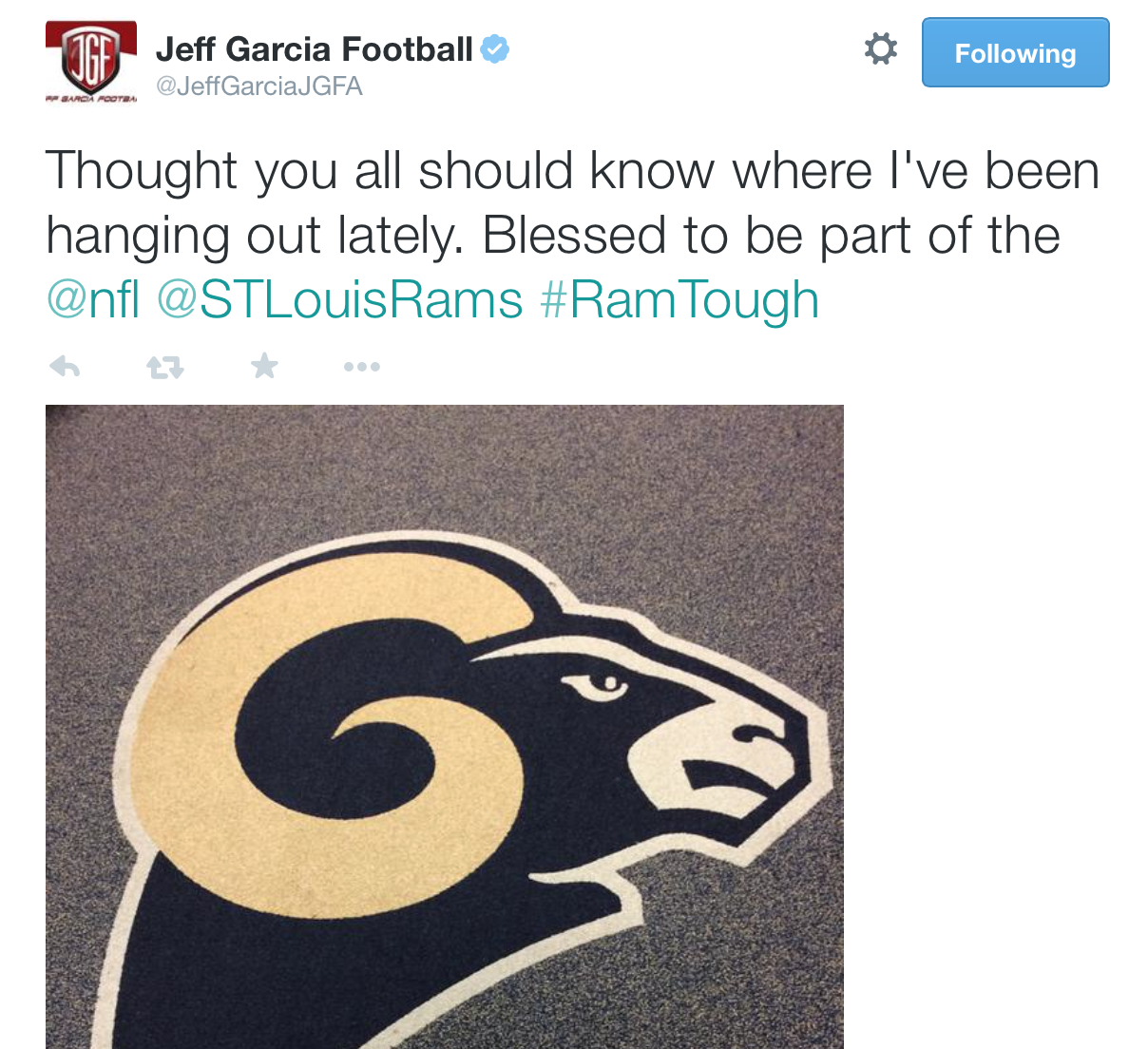At this time of year, there are images and mentions of Mary,
the
mother of Jesus, everywhere: crèches (or nativity scenes),
Christmas cards and carols find their way into public places, homes
and Protestant churches.
At this time of year, there are images and mentions of Mary, the mother of Jesus, everywhere: crèches (or nativity scenes), Christmas cards and carols find their way into public places, homes and Protestant churches.
“Religion and Ethics Newsweekly,” the excellent series presented by the Public Broadcasting Service (and carried locally on channels 9 KQED and 22 KCRB) recently discussed the topic of Protestant churches and the role of Mary.
Anchor Bob Abernethy commented that the role of Mary may be changing in some Christian traditions. Protestants have long devoted attention to Mary at only at Christmas, while Roman Catholics and Orthodox believers have given her an important place in their lives throughout the year.
At the time of the Reformation, Saint Mary was often given honor that seemed to rival that given to Christ himself. In reaction, the Reformers tended to de-emphasize her role in Christianity – in the words of Princeton Theological Seminary Professor Beverly Roberts Gaventa, “bringing her out for Christmas Eve and putting her back away on the 26th.”
But the New Testament records several important parts Mary plays in crucial sections of the Gospel story, such as:
– the Annunciation, when the Angel Gabriel announces to her that she will give birth to God’s son.
– the incarnation, when God becomes human in the person of the infant Jesus delivered from her womb in Bethlehem.
– the wedding at Cana, when Jesus performs his first miracle, and Mary orders the servants to do whatever he says.
– the Crucifixion, when Mary remains at the foot of the cross as her son dies.
Still, many Protestants balk at what they call the “mariology” (excessive devotion to Mary), which they feel is practiced by Catholics and Orthodox.
An important 80-page international agreement signed earlier this year by an official joint commission of Roman Catholic and Anglican/Episcopal scholars may pave the way to making the place of the “Blessed Virgin Mary” more prominent in all branches of Christianity.
This agreement, “Mary: Grace and Hope in Christ,” resolves some of the differences between these two historic branches of Christianity concerning teachings about Mary:
– the Immaculate Conception, Mary’s freedom from original sin, a Catholic belief that Protestants have resisted. The agreement says, “Christ’s redeeming work reached back in Mary to the depths of her being, and to her earliest being.”
– the Assumption, a Catholic doctrine that Mary entered directly into heaven at her death: the agreement acknowledges that God received others (like Elijah, and the thief on the cross) directly, so there is no barrier to his having received her in this way.
– The participants agreed that Mary and the saints pray for the church, so it is appropriate to request their prayers just as today’s Christians ask prayers of each other.
Some Protestants may not be able to accept these teachings, but the world’s Anglican/Episcopal churches include a large number of Christians (called Ango-Catholics) who focus on Christianity as it was practiced in England before the Reformation.
For them, the words of the Bible are held in balance with Christian tradition and human reason, allowing them more latitude in belief. Thus, they may serve as a bridge between Catholic and Protestant beliefs and practices.











